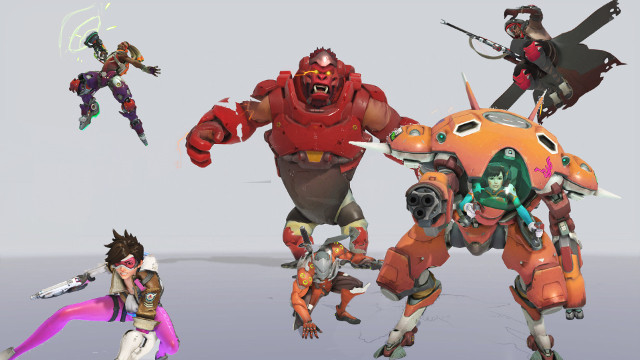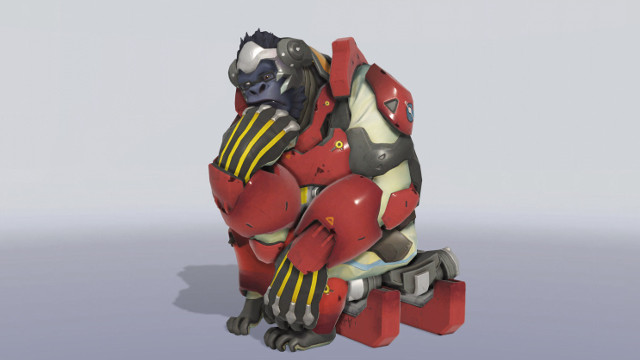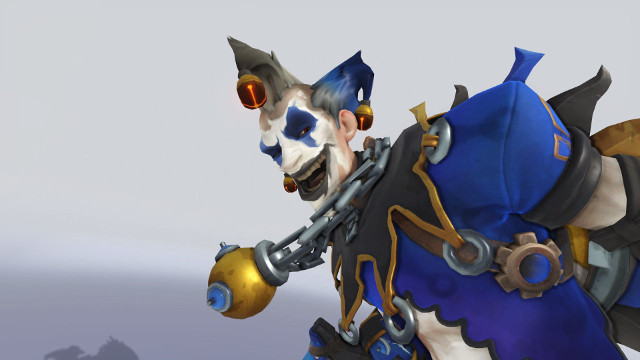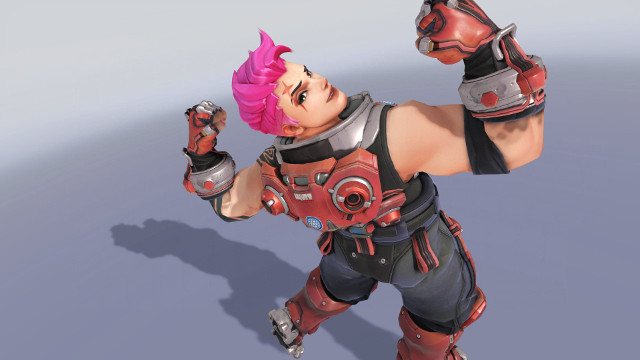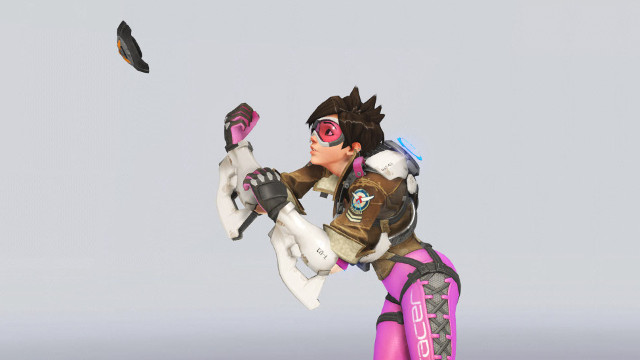With the addition of Overwatch Role Queue, we’ve seen the first major shift in Quick Play since the game’s inception restricted heroes to one player each per team. Now, the format has shifted yet again, forcing players to choose between Tank, Damage, or Support before queueing up for a match. The shift in team compositions and player attitude has been positively wonderful.
Why was Overwatch Role Queue created?
Blizzard says that it created the Overwatch Role Queue to “create an environment that fosters teamwork.” This statement implies (perhaps accidentally) that the previous system didn’t foster teamwork, and that’s honestly not too much of a stretch.
ALSO: Forsen says Overwatch Role Queue ‘should have happened years ago’
Role Queue will also affect balance significantly. Now that there can only be two of each role in every Quick Play and Competitive Game, Blizzard doesn’t have to worry about things like “Can this tank stand up against a triple DPS composition?” While some heroes are sure to be nerfed or buffed in the coming weeks, things will be easier to balance overall across the board.
While “fostering teamwork” and “hero balance” may be the official reasons for the implementation of the Overwatch Role Queue, there is one major effect (intended or not) that it has had: the death of the Clown Fiesta.
Say goodbye to the Clown Fiesta with Overwatch Role Queue
The League of Legends community has a term that I’ve rapidly grown fond of: “Clown Fiesta.” Official LoL forum user Eggbread created a rather apt definition of the phrase: “A clown fiesta is usually when all normal rules in a game get tossed out the window and pure madness occurs.”
In Overwatch terms, you have surely seen a Clown Fiesta at some point during Quick Play or Competitive. Here are some fun examples that fit the definition:
- Four or more DPS on one team.
- Two off-Tanks, providing little to no cover for the other people on the team.
- Five or more DPS on one team.
- Healers like Moira and Ana doing damage rather than healing.
- Six DPS on one team.
Suffice it to say, many of us have seen plenty of Clown Fiestas, the majority of which were simply players refusing to play Tank or Healer. There was no incentive to do so and DPS was often a lot more fun. The introduction of Overwatch Role Queue has fixed that.
Overwatch Role Queue rewards flex players
I was (and still am) one of those elusive “flex” players. 90% of the time, I want to play DPS but the team needs something else. I can’t count the number of times I’ve cursed the selfishness of my teammates picking four or more DPS and selecting the appropriate Tank or Support so that the entire game isn’t an unwinnable Clown Fiesta. Quick Play naturally skews toward chaos but it’s better when it has some order to it.
Now with Overwatch Role Queue separating each role into its own matchmaking, there is a guarantee that there will be two of each role in the game. Some roles are more in demand than others, though, and that’s why Blizzard rewards you filling needed roles with either a loot box or 25 credits. 25 credits doesn’t seem like much, but that’s 1/40th of a Legendary skin. I feel much less salty playing Tank or Support knowing that I’m guaranteed to move towards a tangible reward instead of frustration at my team’s incompetence and selfishness.
Hero selection is less panicked
Yet another benefit comes down to hero selection. Previously, choosing your hero was a mad dash to get to DPS first. Anyone who picked the third DPS (or goodness forbid, fourth, fifth, or sixth) were clearly terrible people who kick puppies because you got there first and the team needs Tanks and Supports, darn it.
Each map has heroes that are strong on it and weak on it. Now, I know that I am only ever going to have a single option closed off to me, and it’s very rare that there is only one good choice in each role for a particular map. I can breathe, look at what my team is picking, and select the appropriate hero in my role for the situation. Losing that pre-game panic is only going to make the game a smoother, easier experience. And besides, now you have a better shot at playing the new heroes when they are released, which was its own sort of anxiety.
Not all problems are solved by Overwatch Role Queue
While Role Queue has inarguably made Quick Play (and Competitive, for that matter) great again, it doesn’t solve every single problem that players face in this relatively casual game mode. As they say, you can lead a horse to water, but you can’t make it drink. Similarly, you can incentivize people to play a particular role, but it doesn’t mean that they’ll play that role in the most optimal (or even correct) fashion.
I still see Moiras throwing out more purple magic than a Prince concert. Roadhogs and Zaryas will focus more on chasing after kills rather than making space and supporting their main Tank. There will still, on occasion, be comps where people pick two off Tanks or non-complimentary heroes. You haven’t experienced hell until you’ve been on a team with Brigitte and Lúcio as your only healers. Blizzard hasn’t made it impossible for bad composition but it has positioned the game to make that a hell of a lot harder. And that gesture has made the game significantly better for far more people.
Role Queue is not a bandage — it’s a tourniquet. It’s stopped the bleeding for now, but Overwatch is still going to need some physical therapy to fix the deeper problems like its deluge of crowd control abilities, wonky stat tracking, and overemphasis on hard counters. Yet the continued presence of these issues don’t change the fact that Quick Play has been massively improved and how this has been a necessary first step to get to true greatness.
